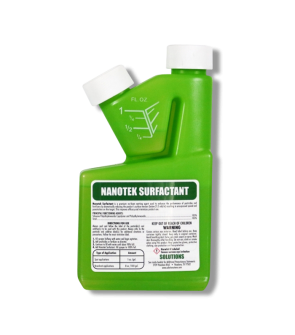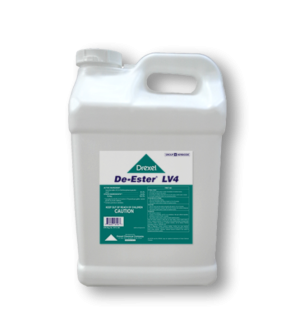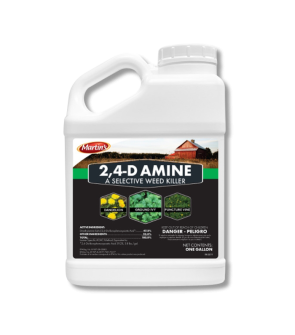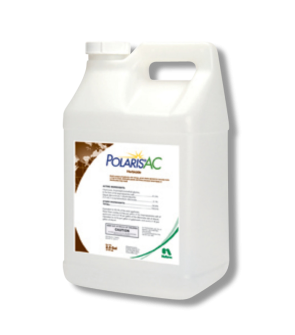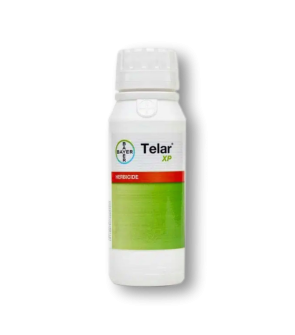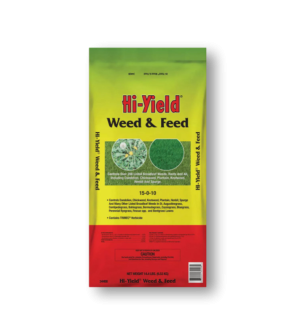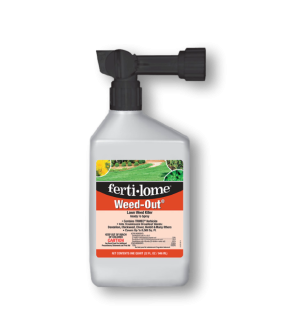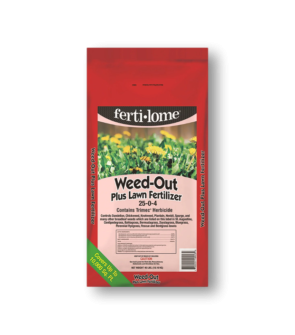Gain access to personalized product screening, the best pricing, rewards, and more!
Most Effective Products
Wild Parsnip Control: How to Get Rid of Wild Parsnips
This page is an expert guide on eliminating wild parsnips from your property using the products and methods suggested by our experienced lawn care specialists. Follow this guide and use the recommended products, and we guarantee you will be successful.
It is a common problem to get rashes because of wild plants. Because of their ability to rapidly grow, wild plants can spread over a landscape in little time. In the attempts to get rid of them, you may brush your skin against the plant and suffer an allergic reaction. The most common wild plants are poison ivy, cow parsnip, giant hogweed, poison sumac, poison oak, and wild parsnips.
Wild parsnips are being spotted more and more along train tracks and roads. Their sap is dangerous; touching it can harm the skin, resulting in rashes and blistering. If you see an outbreak of wild parsnips, take action as soon as possible. This DIY treatment guide will help you get rid of them the right way.
Identification

Before carrying out a treatment program, you must first be certain that you are dealing with wild parsnips and not some other weed. Careless identification can lead to using the wrong treatment methods, which can waste time and money.
- Wild parsnips are in the same family as wild carrots. They look similar, but wild carrots have white flowers, and wild parsnips are yellow.
- If left uncut, wild parsnips can grow several feet high. They are covered in tiny yellow flowers that come in clusters, with an umbrella-like overall shape. The leaves of the wild parsnip have a saw-like edge.
- During their first year of growth, wild parsnips only have small rosettes that begin to appear on the leaves. During their second year of growth, the plant sends up tall stems to attract yellow clusters of flowers.
- Wild parsnips are easy to identify when they are blooming, and it is the best time to cut them. Once they start to form seed heads, the plant begins to get out of hand.
- There is a liquid-like sap in the stem of the wild parsnip and in its flowers and leaves that could attract sunlight and cause burns on your skin. The reaction described is known as phytophotodermatitis. After a little while, the rash begins to look like a sunburn. If the plant is contacted for an extended amount of time, blisters and discoloration can occur.
Use the above description and image to help you properly identify wild parsnips. If you are unsure whether the weed you are seeing is wild parsnips or some other plant, you can always contact us. Our lawn care experts will help you correctly identify your weed growth and suggest treatment options.
Inspection

After you have confirmed that you are dealing with wild parsnips, you can move on to inspection. During this phase, you will locate areas where wild parsnips are thriving and observe the conditions that allow them to thrive. This information will help you know where to focus your herbicide application.
Where to Inspect
Wild parsnips grow in areas of urban sprawl. Anytime new road work is done, the soil gets mixed up, and often, the first thing that grows there are weeds like wild parsnips. Look for them in backyards, roadsides, sidewalks, and similar areas.
What To Look For
Wild parsnip is a tall plant, ranging from 2 to 5 feet tall. Its thick fibrous stem makes it stand out, but what makes it stand out the most is its broad umbrella-shaped cluster of yellowish-greenish flowers.
Treatment
If you have confirmed where the wild parsnips are growing on your property, then treat them with a post-emergent herbicide treatment of 2,4-D Amine Weed Killer. This professional-quality herbicide is labeled to control wild parsnips. It is easy to use and selective, targeting only the weeds and not harming your desired vegetation.
Before handling or mixing any herbicide chemicals, please ensure you have the proper personal protective equipment, such as gloves, a safety mask, and protective eyewear.
Step 1: Mix And Apply 2,4-D Amine

Measure the square footage of the treatment area to determine how much 2,4-D you will need. To find the square footage, measure the treatment areas' length and width in feet and multiply them together (length X width = square footage). For acreage, divide the square footage by one acre (square footage / 43,560 sq. ft. = acres).
For general use on ornamental turfs, 2,4-D Amine should be mixed at a rate of 2 to 3.16 pints per acre.
This amounts to 0.72 to 1.1 fl. oz. per 1,000 square feet for small applications with a hand sprayer.
Mixing 2 4-D with a surfactant like Nanotek Surfactant will help the product stick better to the weed and make the herbicide work more effectively.
For example, if you have a 2,000 sq. ft. area to treat, you will need to mix 1.44 to 2.2 fl. oz. in 2 gallons of water.
Once you have made your measurements and calculated how much 2,4-D you need, mix the product and surfactant with the appropriate amount of water in a handheld or backpack sprayer. Shake the sprayer to ensure the solution is well-mixed, and then you're ready to spray.
When applying, change the nozzle set to a fan nozzle so it sprays a fine mist on the plant and gets an even coating on the Wild Parsnip.
Step 2: Follow Up Application
It may take more than one application to eliminate the plant's roots. However, if you were not entirely successful in defeating the plant's roots, there is a high chance that you have slowed the spreading process.
Prevention
Once you have removed wild parsnips from your property, you will need to implement maintenance practices to prevent the blister-inducing weed from returning. This can be difficult because the seeds can be blown onto your property by wind or other means that may not be in your control.
- One preventative measure is regular mowing to prevent re-sprouting and washing equipment to prevent any seeds from being moved to new areas.
- If wild parsnip starts to grow again on your property, address it when it is very young by digging out the plant with a shovel or hand-pulling it using protective gloves.
Key Takeaways
What are Wild Parsnips?
- Wild parsnips are common weeds that grow on properties, roadsides, and train tracks. They are known for sap, which can cause painful rashes and blisters.
How To Get Rid of Wild Parsnips
- To treat growing wild parsnips, we recommend applying 2,4-D Amine Selective Weed Killer. Apply uniformly to the weeds and reapply as needed until the weed is completely eradicated.
Preventing Wild Parsnips Reemergence
- Prevent wild parsnips by catching plants when they are young and either digging them out or hand-pulling them to stop their reestablishment.











